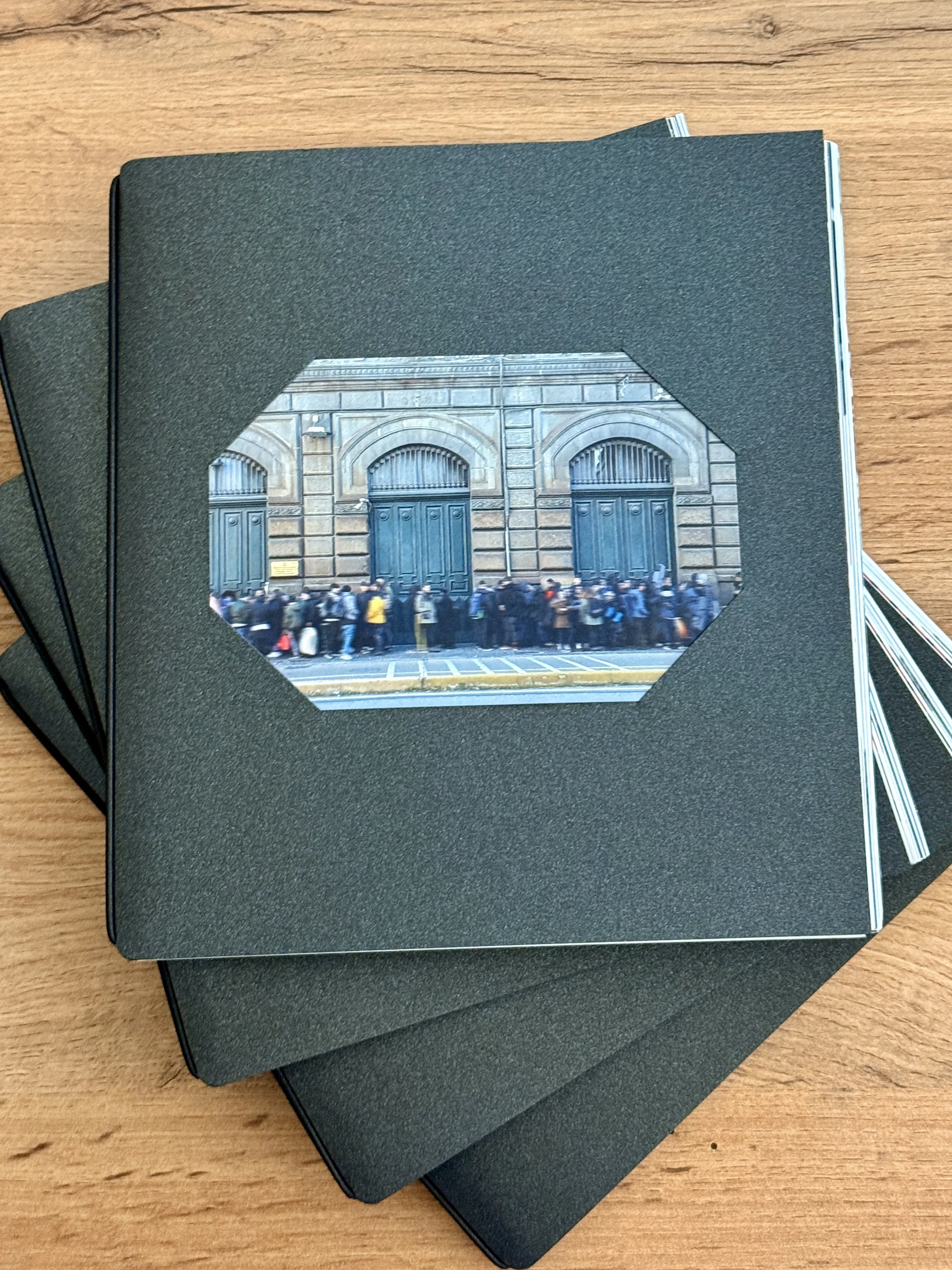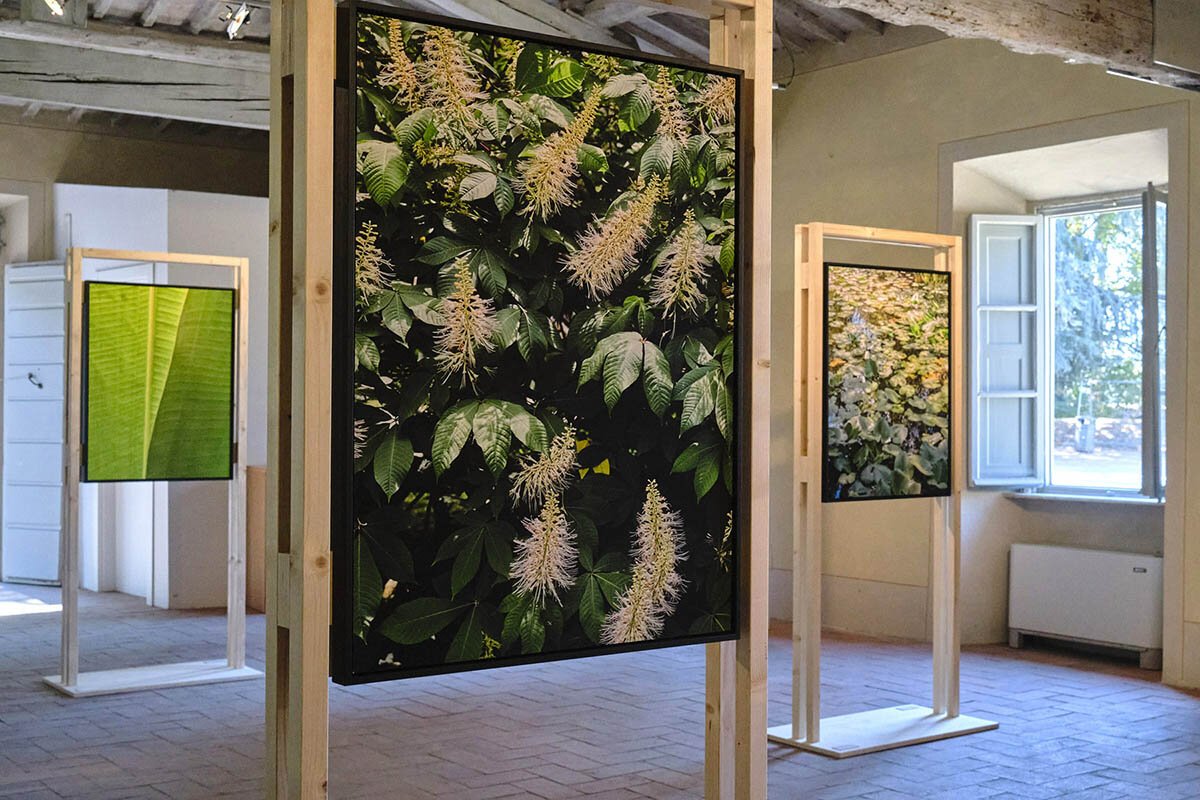Filippo Brancoli Pantera is a photographer whose work emerges at the intersection of visual inquiry and cultural reflection. He holds a degree in Cultural Heritage from the University of Florence (2004) and a degree in Cultural History from the University of Pisa (2025); in parallel, he studied stage photography in Milan (IED, 2005) and documentary photography in New York (International Center of Photography, Director’s Fellowship 2009). Active in the field of landscape photography, he has worked across territories in France, Italy, and Switzerland, collaborating with local institutions and exhibiting his work in exhibitions and books (Toscana Interiore, NPS, 2020; Le Beauvaisis, Diaphane, 2022). Since 2020, he has been developing a body of work that sees ritual action and the contemplation of recurring subjects as a way to transform the act of photography into a moment of heightened awareness of the surrounding world, seeking to connect everyday experience with that of ritual.
For limited edition prints (5 editions + 2 ap), please contact:
Filippo Brancoli Pantera -> filippobrancoli@gmail.com
or:
Galleria ConsArc
Switzerland
https://galleriaconsarc.ch
galleria@consarc.com
+41 (0) 91 683 79 4
Via Gruetli 1 CH-6830 Chiasso
or:
Riseart gallery
Selected exhibitions/publications/BIO
Artphilein Library - Lugano (CH)
with Veronica Barbato (images)
and
Filippo Brancoli Pantera (critical essay)
2025
Le Beauvaisis
book
Diaphane Edition, 2023
Le Beauvaisis
Exhibition
(Hermes, Oise, France), 2023
Tappeti Volanti
Festival del Possibile (Lucca, Italy), 2021
Exhibition Tappeti Volanti @ Festival del Possibile (Lucca, Italy) 2021
Rurban Corsica
avec Lola Reboud, commissaire Marcel Fortini
(Bastia, France), 2020
Rurban Corsica @ Centre Culturel Una Volta (Bastia, France) 2020
Toscana Interiore
book
NPS Edizioni, 2020
Book publishing Toscana Interiore
2019
Group Exhibition @ Photolux Festival (Lucca, Italy)
Artist residency @ Diaphane (Clermont de l’Oise, France)
2018
Group Exhibition @ Arles Voies Off (Arles, France)
Artist residency @ Centre Méditerranéen de la Photographie (Ville di Pietrabugno, France)
2017
Personal Exhibition @ Cons'Arc (Chiasso, Switzerland)
Group Exhibition @ OnArte (Minusio, Switzerland)
Into the Landscape
Galleria CONSARC
(Chiasso, Switzerland) 2017
Into The Landscape @ Galleria Consarc (Chiasso, Switzerland) 2017
2014
Personal Exhibition @ Fondazione Museo Lindenberg (Lugano, Switzerland)
Group Exhibition @ Maxxi, collettiva con Documentary Platform (Roma, Italy)
2013
Personal Exhibition @ Fondazione Banca del Monte (Lucca, Italy)
2012
Group Exhibition @ Fotografia Europea, collettiva Progetto QD (Reggio Emilia, Italy)
2009
Group Exhibition @ International Center of Photography (NYC, USA)
2008
Personal Exhibition @ Dak'Art, Biennale Arte Contemporanea (Dakar, Senegal)






